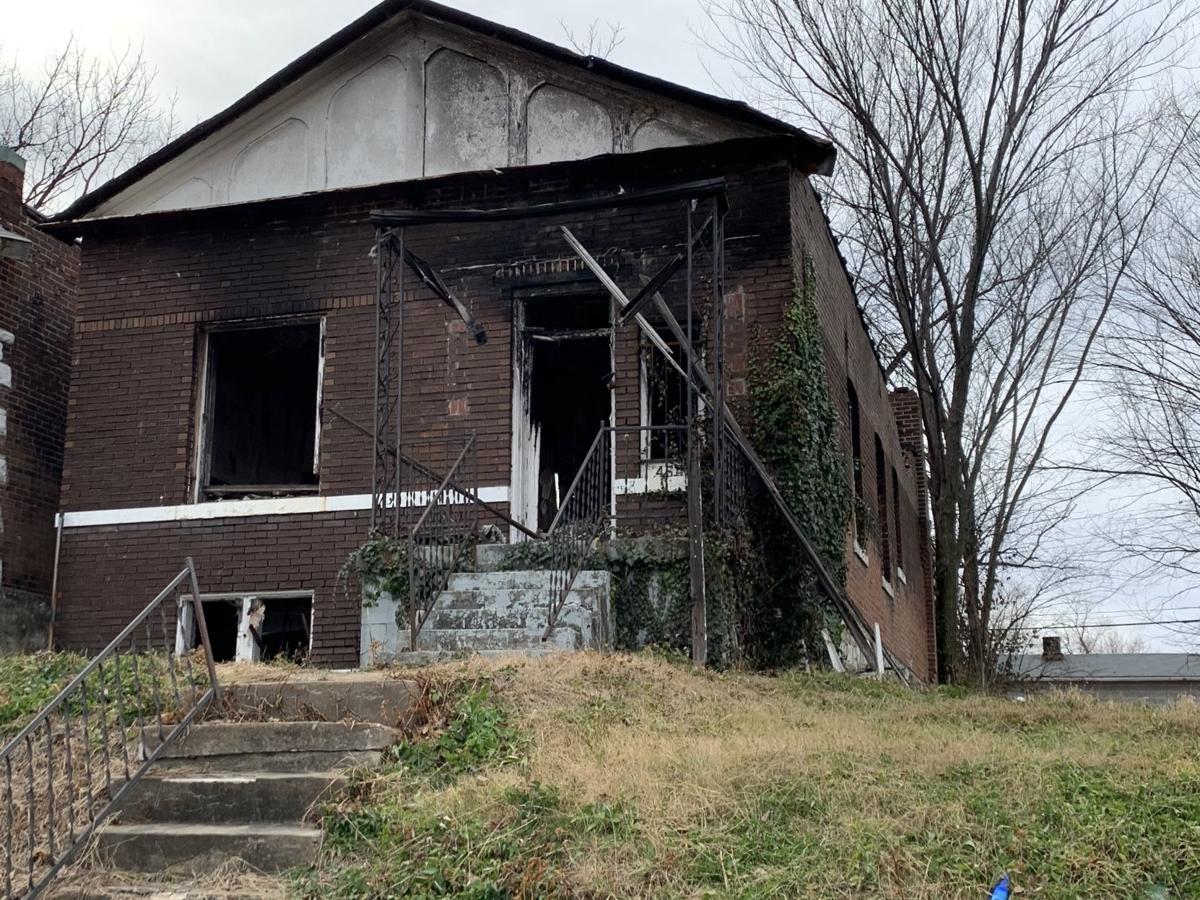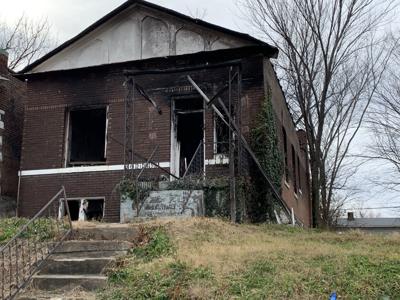Bad things happen on Ashland Avenue.
Murder and mayhem. Homicides and double homicides.
Fires that leave burned out hulls of buildings to collapse brick by brick.
Last year police found one of the areaŌĆÖs ŌĆ£top shootersŌĆØ asleep in a car on Ashland Avenue. Now heŌĆÖs in federal prison.
Ashland Avenue is an east-west street that runs through several north ├█č┐┤½├Į neighborhoods and could serve as a metaphor for the historic lack of investment in the area of the city populated mostly by African Americans.
From its eastern terminus in the Jeff-Vander-Lou neighborhood, to its western dead end in Wells-Goodfellow, Ashland Avenue is a reminder that when Mayor Lyda Krewson says the city is going through a and that ŌĆ£every one in every neighborhood is benefiting from that,ŌĆØ sheŌĆÖs not really talking about everybody.
People are also reading…
There are pockets of hope on Ashland Avenue, such as the section in Jeff-Vander-Lou where my colleague Janelle OŌĆÖDea reported in November about the inspiring efforts of a small church called The Tabernacle, which has bought and demolished homes in its neighborhood and remodeled others, in an attempt to reverse the historic population decline in north ├█č┐┤½├Į.
The section that draws my attention is in the Greater Ville, west of Newstead Avenue, just a couple of miles west of The Chuck Berry House.
Twice in the past few years IŌĆÖve found myself there writing about elements of the historic poverty and neglect that afflicts too many similar neighborhoods in ├█č┐┤½├Į. Three years ago I was there to talk about generational lead poisoning.
The children of Shawn Dinwiddie and Erica Marshall had been found to have dangerously high levels of lead in their blood, a still far-too-common problem among African Americans in the city. The culprit was likely paint chips in an old house on Ashland Avenue they were renting. ItŌĆÖs a condition Dinwiddie knew too well. He grew up in the Greater Ville and had lead poisoning as a child. Now he has epilepsy and lives on disability.
The family lived there, like many others in a similar situation, because they had few choices. They couldnŌĆÖt afford quality housing, so they rented what they could find.
After the children were tested ŌĆö one scored so high she was briefly hospitalized ŌĆö they moved across the street.
This is the thing about Ashland Avenue in the Greater Ville: ItŌĆÖs not one of those neighborhoods where every other lot is vacant, surrounded by weeds and tall grass. There are still plenty of houses. Some are condemned and some are collapsing. But even in the depths of poverty, you can see some hope for a neighborhood to return, if only there were investment to make that happen.
When neglect sets in, the vultures prey.
ThatŌĆÖs why I was there on Ashland Avenue again just a few weeks ago.
It was to check on a house owned by a bad landlord, Marvin Shelton, who claims to run a series of halfway houses or sober homes to help veterans, the homeless and people fighting addiction.
The home on Ashland Avenue didnŌĆÖt have any heat, or power, at least for a period of time as winter was starting. Shelton was making $500 a month from several people at a time living in his houses, and paying a pittance in mortgages for homes he bought cheap.
But people stayed there, even without heat, because they had few good choices.
According , this small neighborhood has been forgotten.
The mean income for African Americans living here ŌĆö who make up 98% of the neighborhood ŌĆö is $14,970. Barely more than half of the people living here participate in the labor force.
In the Greater Ville, total crime is up more than 45% from the same six-month period a year ago. Violent crimes went from 72 from June to November 2018, to 136 in the same period last year.
There was a time when ├█č┐┤½├Į leaders talked about investing in this area. Various maps of the long-discussed expansion of the Northside-Southside MetroLink route run just a few blocks north of Ashland Avenue along Natural Bridge Avenue. Imagine the potential for neighborhood growth when walking to transit that could take people to jobs and would raise the value of those sturdy homes waiting for re-investment. In the central corridor of ├█č┐┤½├Į, thatŌĆÖs not a dream. Transit stops at Cortex and at DeBaliviere Place are spurring massive investment.
But the historic renaissance the mayor referenced in her New YearŌĆÖs address isnŌĆÖt apparent along this section of Ashland Avenue. It is a forgotten neighborhood, where poverty begets poverty, and broken promises are passed down from generation to generation.
Janelle OŌĆÖDea of the Post-Dispatch contributed reporting for this column.















